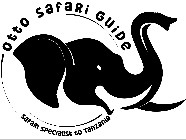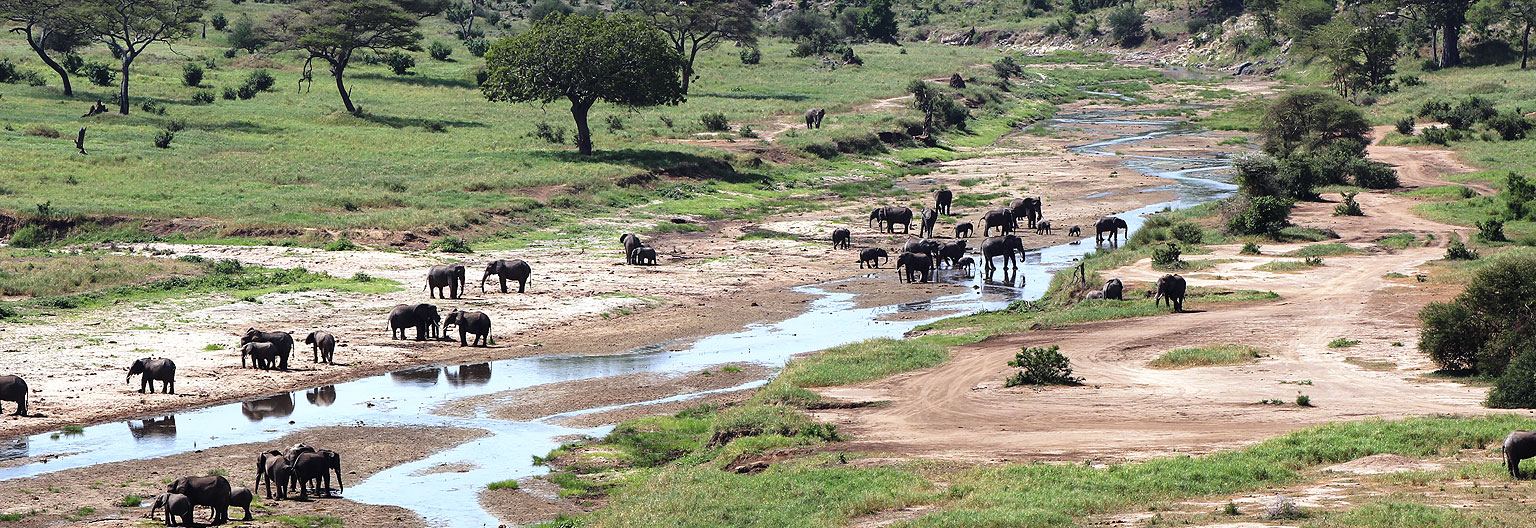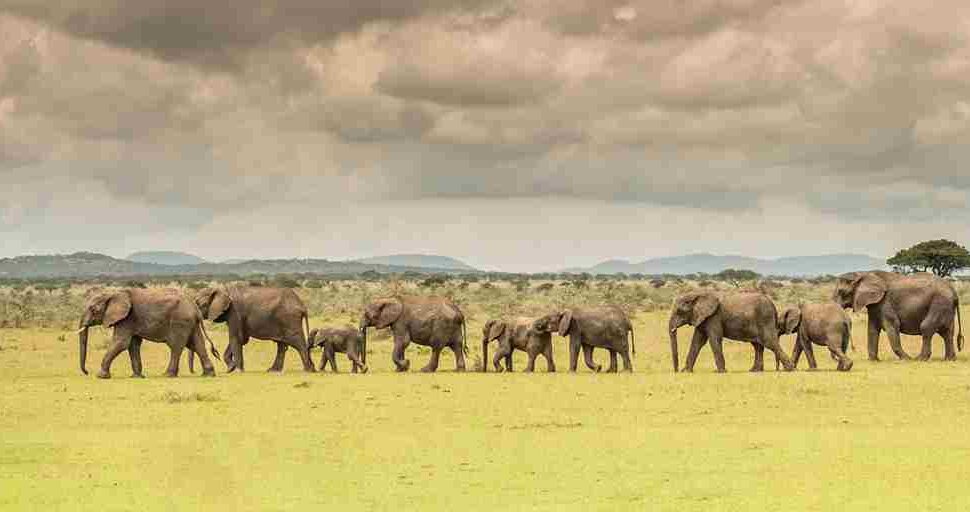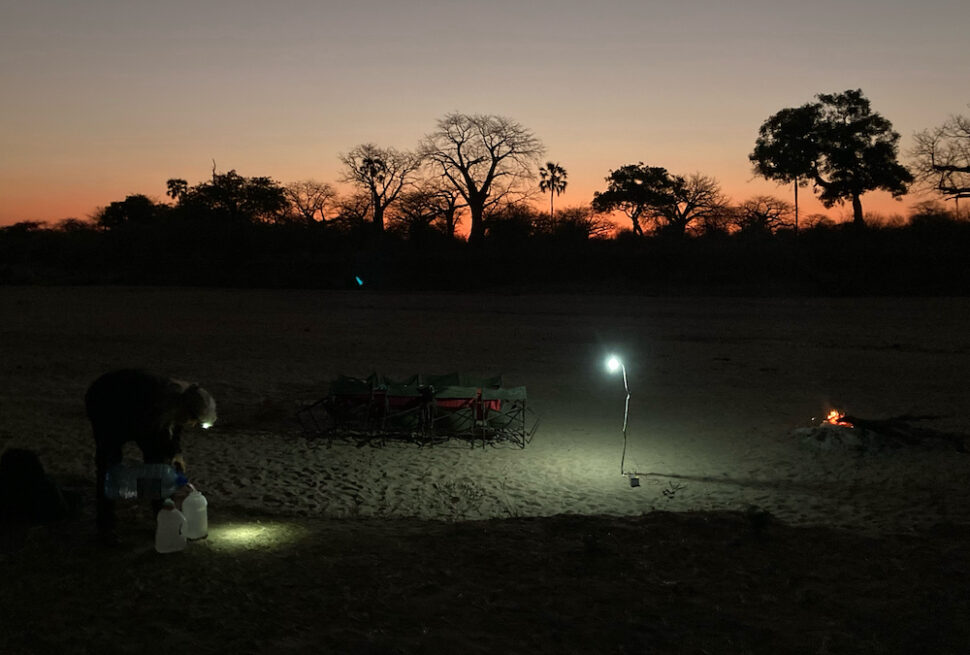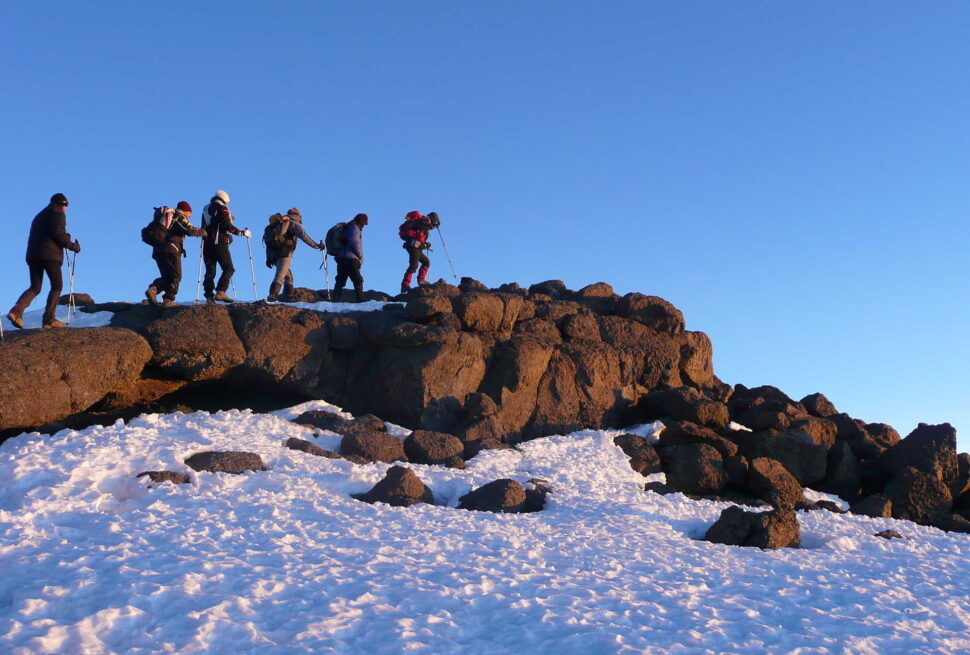Tanzania, a land of diverse landscapes, wildlife wonders, and warm hospitality, offers a myriad of experiences ranging from thrilling safaris to pristine beaches. From the iconic Serengeti and Ngorongoro Crater to the majestic Mt. Kilimanjaro and the enchanting Zanzibar Archipelago, Tanzania encapsulates a captivating adventure in a single embrace.
Exploring Tanzania’s Marvels
In every corner of the nation, wildlife parks beckon, and the safari sector thrives, providing ample opportunities to encounter Tanzania’s rich biodiversity. Cultural tourism programs unveil the traditions of the Maasai and Chagga tribes, offering a deeper connection with the country’s vibrant heritage.
So, when is the best time to visit Tanzania? Let’s delve into a month-by-month guide, unraveling the most fascinating events and pinpointing the optimal periods for various activities, whether it’s an exhilarating safari or conquering the heights of Kilimanjaro.
June through September: The Peak Season
The period from June to September marks the peak season, characterized by colder and drier weather, boasting sunny days that set the stage for an exceptional wildlife spectacle. The Serengeti witnesses the grandeur of the wildebeest migration in June and July, attracting crowds to popular locations. Planning ahead is essential during this time, as high-season rates prevail, and accommodations fill up swiftly.
October through February: The Shoulder Season
As October arrives, the shoulder season takes center stage, bringing hot temperatures, brief showers (mvuli), and the seasonal trade wind (kusi) from late October. The southern Serengeti becomes a theater for wildebeest calving from late January, offering a unique spectacle. This season provides a balance, with favorable weather conditions and the avoidance of peak prices.
March through May: The Low Season
March to May ushers in the low season, characterized by heavy rains that render secondary roads muddy and some areas impassable. Despite occasional rain, the landscapes thrive in lush greenery. Some accommodations offer discounts, providing an excellent opportunity for budget-conscious travelers. Bird-watching enthusiasts will find this period ideal.
A Monthly Glimpse: What to Expect Throughout the Year
January: Hot and dry weather prevails, ideal for climbing Kilimanjaro. The Zanzibar Swahili Festival takes center stage.
February: Scorching temperatures continue, accompanied by showers. Events like Orchids in Kitulo National Park and the Wildebeest calving season unfold.
March: The lengthy rains begin, offering solitude with low-season savings. Events like the Kilimanjaro Marathon and the Jalada Mobile Literary & Arts Festival grace the month.
April: The rains start to recede, showcasing green landscapes and the mesmerizing wildebeest migration. Thousands of herds move north and west.
May: Despite being part of the rainy season, May sees dry spells. Mzalendo Halisi Music Festival becomes a noteworthy event.
June: Post-rains, clean air and drying landscapes set the stage for the Serengeti wildebeest migration. The Bulabo Dance Festival becomes a cultural highlight.
July: Peak tourism season unfolds, offering optimal wildlife viewing opportunities. Events like the Festival of the Dhow Countries and the Ruaha Marathon take place.
August: The Serengeti wildebeest migration continues, providing unparalleled wildlife encounters. The Mara River Crossing is a spectacle not to be missed.
September: Moderate temperatures, dry weather, and diverse activities characterize September. The Bagamoyo International Festival of Arts and Culture marks a cultural celebration.
October: Mostly dry weather prevails, offering great wildlife watching without the peak season crowds. Chimpanzee trekking in Mahale Mountains National Park becomes a highlight.
November: Short rains commence, creating a pleasant travel atmosphere. The Karibu Music Festival becomes a cultural attraction.
December: The holiday season attracts visitors with hot, dry weather. Climbing Mt. Kilimanjaro and witnessing the southern Serengeti wildebeest offer memorable experiences. The Swahili Fashion Week becomes a style extravaganza.
In summary, Tanzania invites exploration throughout the year, with each season presenting unique experiences. Whether it’s the thrill of wildlife safaris, the allure of cultural festivals, or the serenity of pristine landscapes, Tanzania stands ready to weave unforgettable tales for every traveler. Plan wisely, embrace the diversity, and let Tanzania unveil its treasures at the best time for you!
